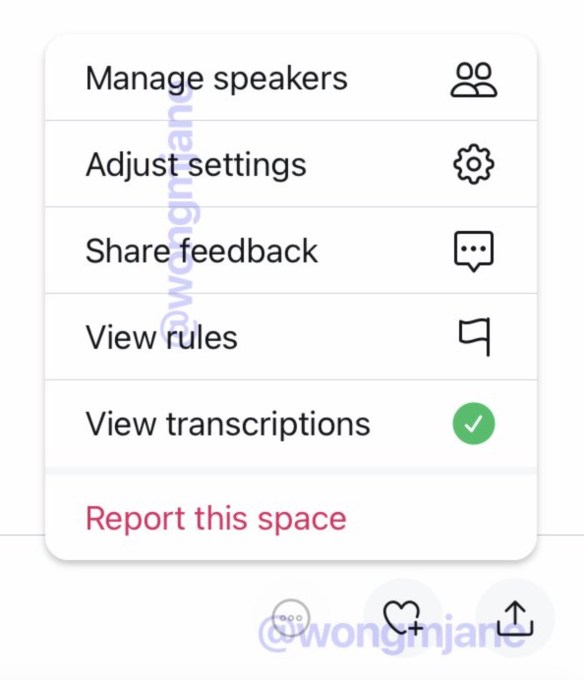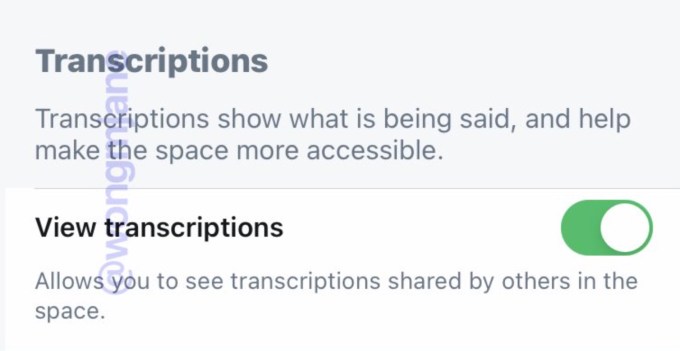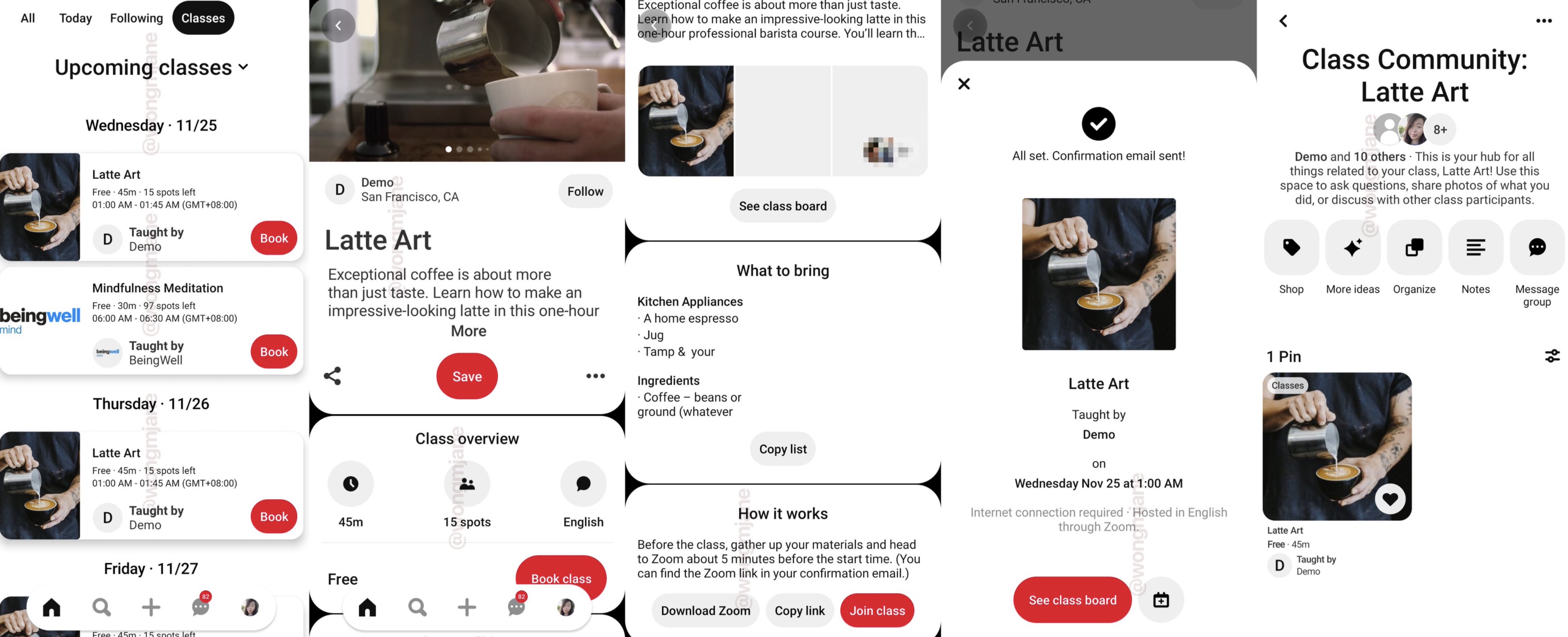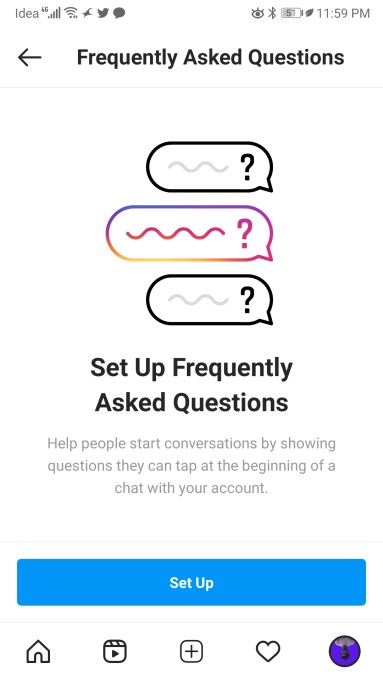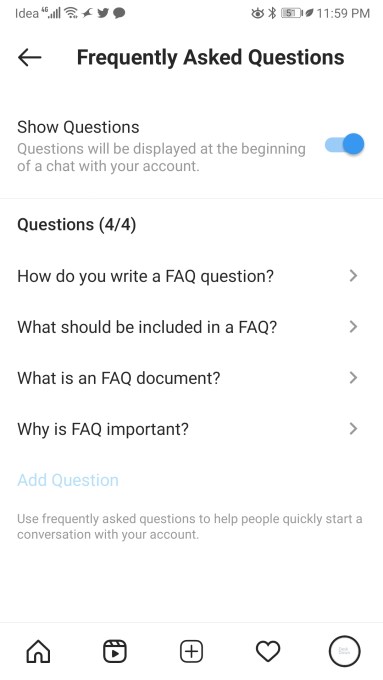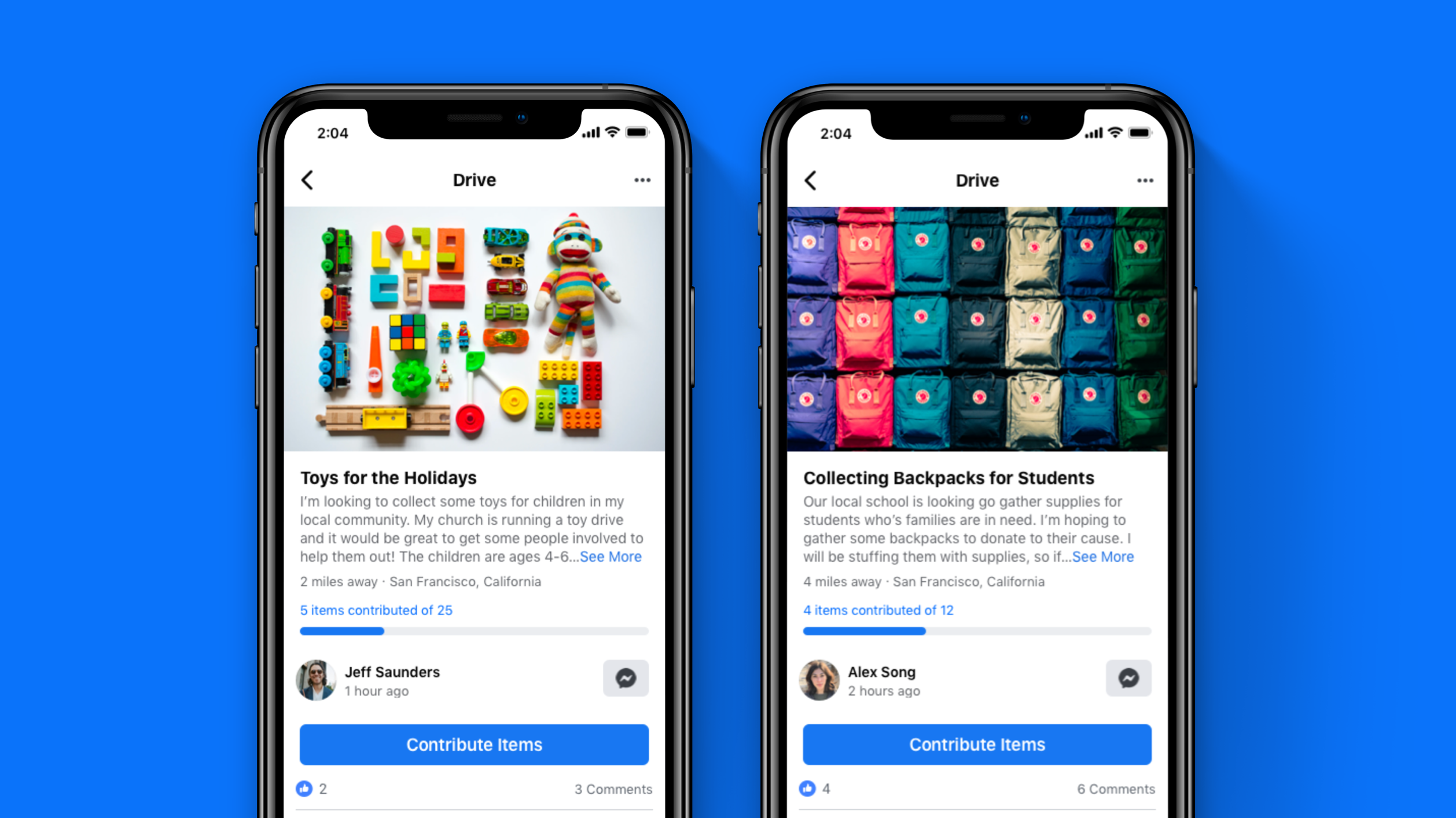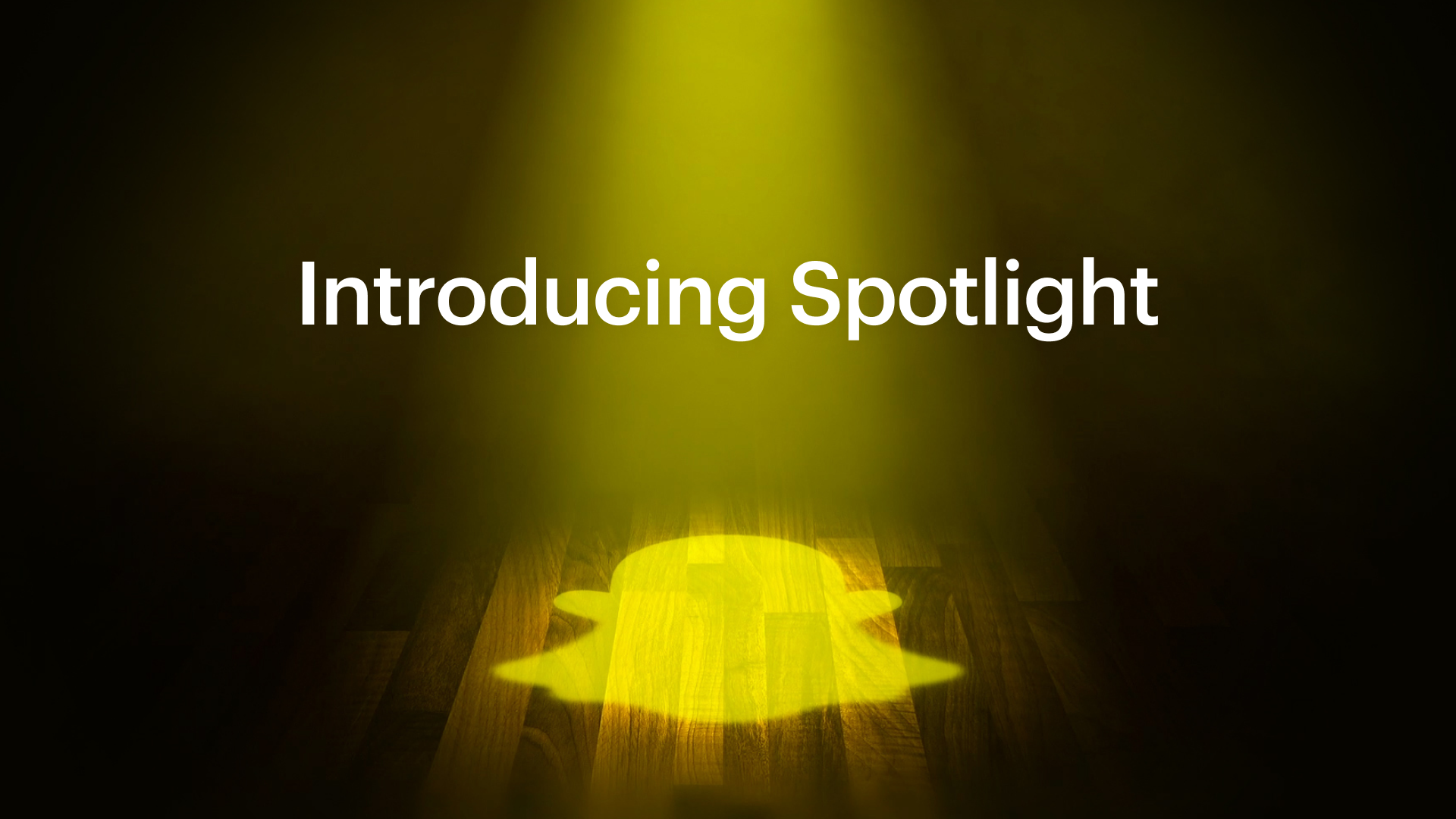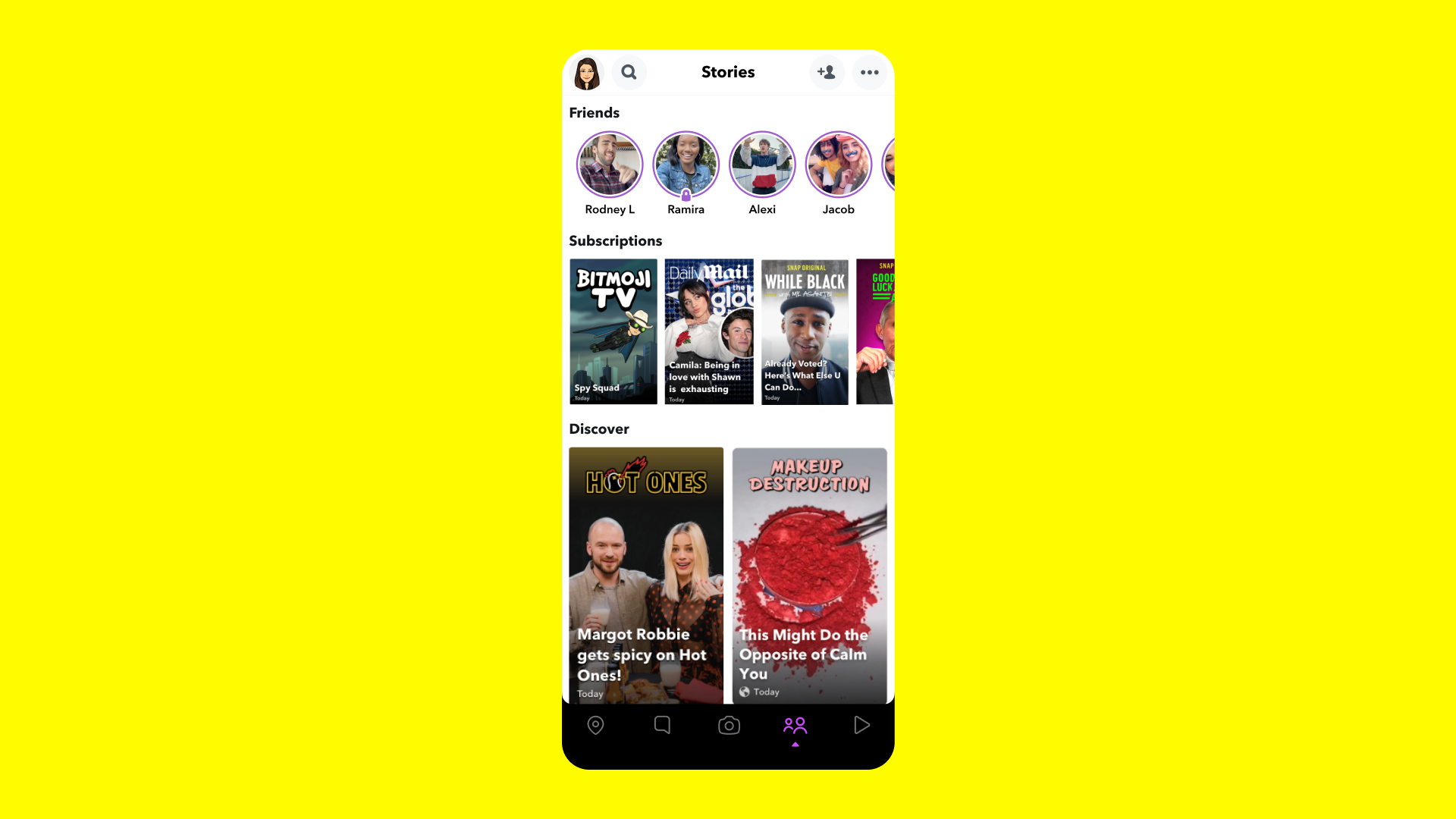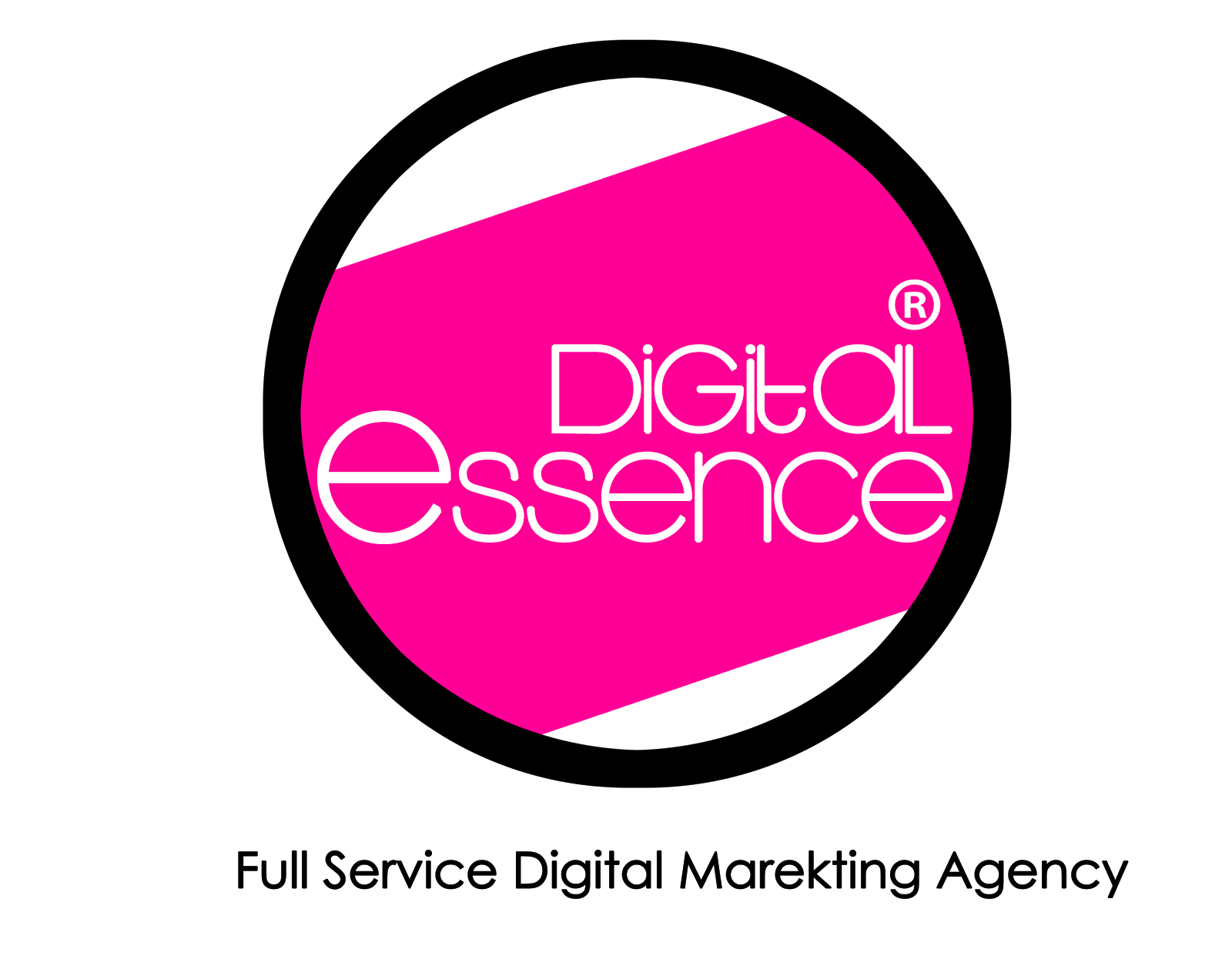Today Facebook made one of its biggest plays yet to build services for the businesses on its platform: It has announced that it is acquiring Kustomer, a startup founded with the aim of disrupting the customer services industry with a new approach to providing agents with better data and a more unified picture of users by bringing together the many social media and other channels and longer history between them and the company in question.
Terms are not being disclosed, but sources are saying it’s in the region of $1 billion. Reports of the deal were published earlier today by the WSJ.
Kustomer — co-founded by CEO Brad Birnbaum and Jeremy Suriel (the two worked together across a range of other places, including Airtime and AOL and had sold a previous startup to Salesforce) — had raised around $174 million in private funding from investors that included Coatue, Tiger Global Management, Battery Ventures, Redpoint Ventures, Cisco Investments, Canaan Partners, Boldstart Ventures and Social Leverage. It was last valued at $710 million, according to estimates from PitchBook.
Facebook’s interest in Kustomer is very straightforward: The company has been slowly building up a big business providing customer services to businesses on its platform.
There are some 175 million people using Facebook this way today, covering both those who use Facebook to engage with businesses that use Facebook as their primary online “identity” — in place of a website or mobile app of their own, companies today often simply have a Page on Facebook — and those businesses that provide conversation channels on Facebook-owned messaging apps like Instagram, Messenger and WhatsApp as a complement to other ways (and sometimes the sole way) to contact them.
Considering that Facebook has upwards of 2 billion users, 175 million doesn’t sound like a lot.
But as the company starts to see more keen competition from the likes of Snapchat, TikTok and likely others over time, having a better product to sell businesses alongside their other services will give Facebook a better way of locking them into the Facebook ecosystem. It will also give the company a stronger shot at a newer revenue stream to complement advertising, which remains its biggest cash cow by a big margin.
Indeed, customer service is an interesting play for Facebook to be making. The company has been investing in and building a number of additional features for businesses on its messaging apps — most recently on WhatsApp, for example, it started to make it easier for businesses to let people shop and do more on the app. Within that customer service is a huge industry that stretches well beyond the Facebook walled garden.
Indeed, the specific term Kustomer and other CRM companies use to describe what they do is “omni-channel” customer relations. That is to say, it gives the Kustomer business users a complete picture of the many disparate places where “conversations” might be happening with customers — be it on apps, on social media, in websites, via chatbots, or email, etc. The logic is that this makes the agent more efficient and gives him/her a better picture of both how the business is faring across those channels, and more context about a specific user contacting the company from one of those channels, as well as a more complete picture of the customers themselves.
For Facebook, its “customer relations” profile up to now has been about users within its app walls. This gives it a much bigger opportunity to essentially control that bigger picture and bigger relationship, regardless of the platform being used.
Coincidentally, it was only earlier this month that I reported that Snap acquired Voca.ai, which makes customer support voice bots.
While we have no idea how Snap will use that tech — some have speculated it could be to build more voice commands and audio-based tech for its Spectacles — I wrote at the time that it would make a lot of sense to bring this into a bigger product portfolio providing more tools to businesses already using Snapchat to market themselves. This Kustomer acquisition feels very timely in that regard.
from Social – TechCrunch https://ift.tt/3mrPrF8
via IFTTT










